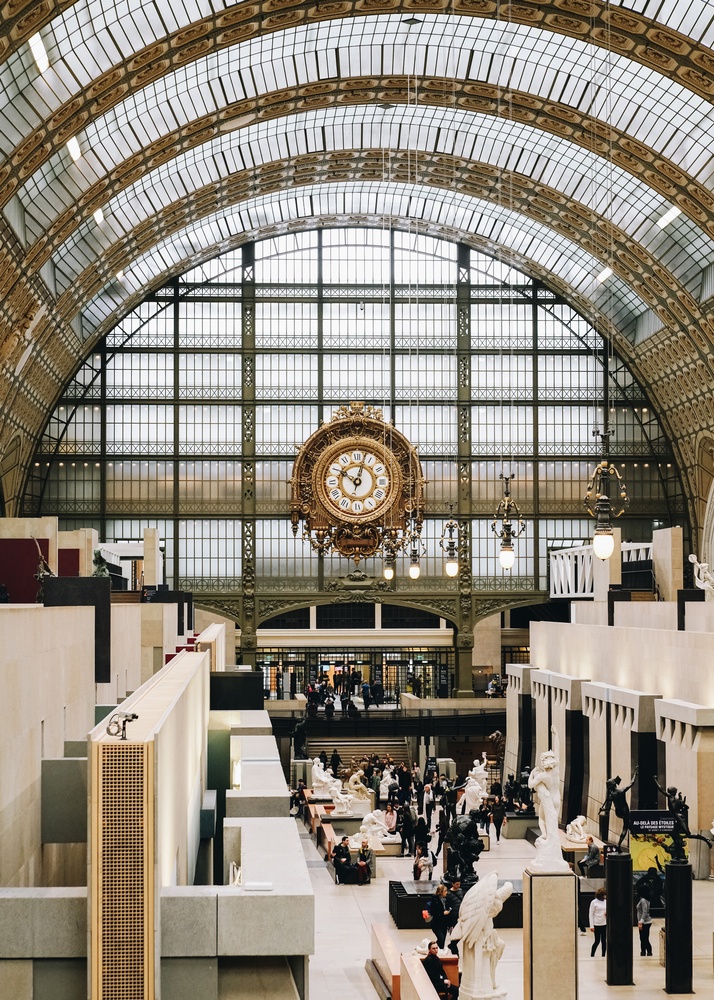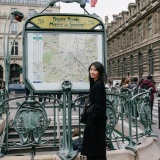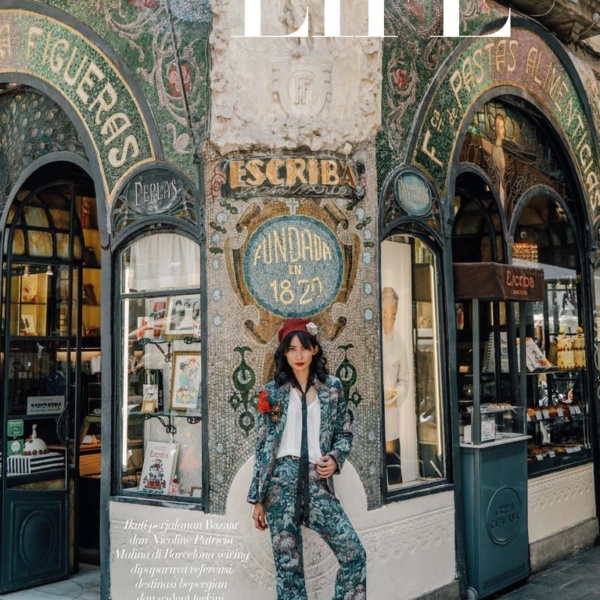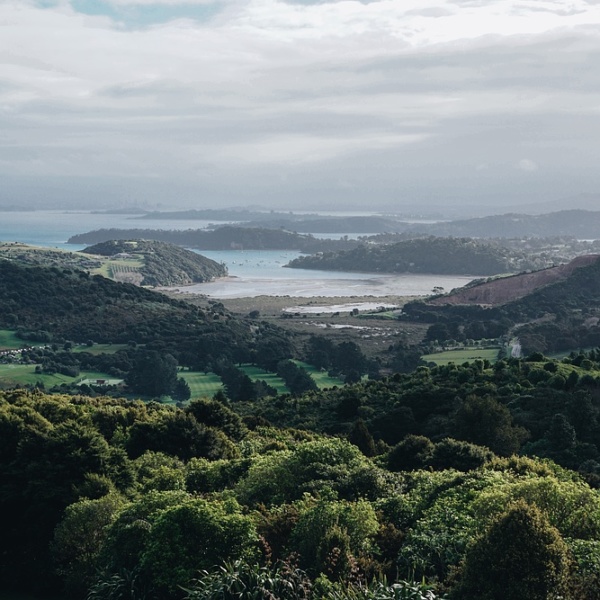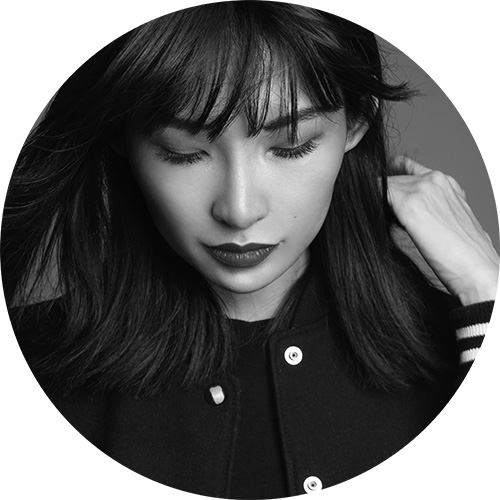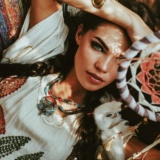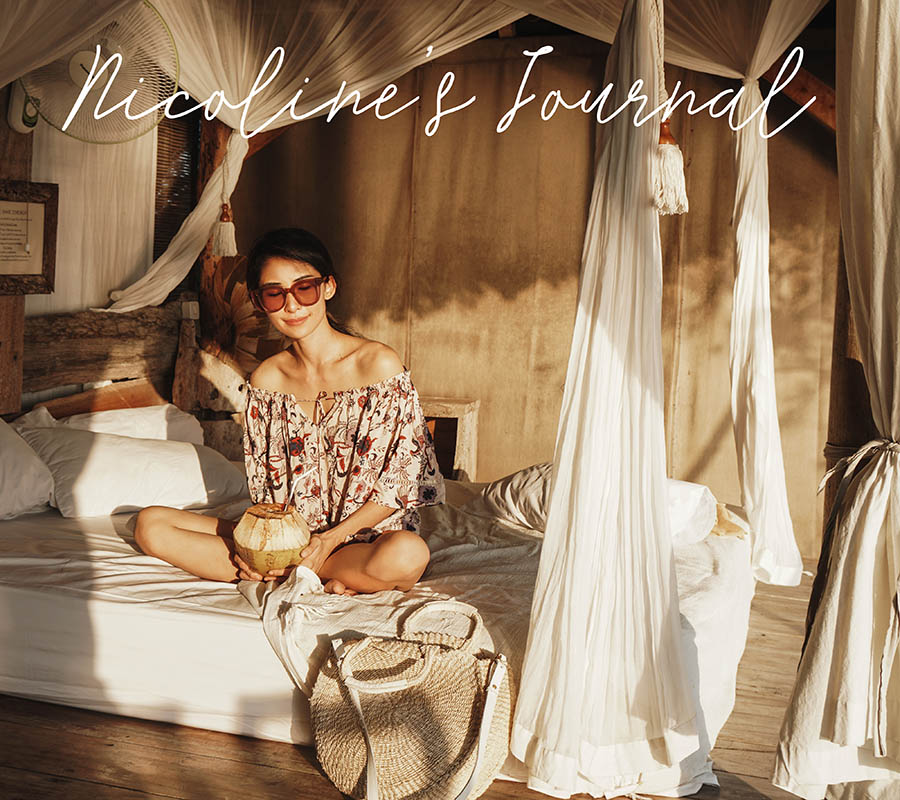To tell you the truth, I’ve only been to the Louvre once in my life, and it was definitely a wonderful experience, albeit very overwhelming. On the other hand, the equally wonderful Musée d’Orsay has always been my number one visited place every time I visit Paris. Probably because I’m more partial to Impressionism (isn’t every photographer?), or maybe because I’m just anti-crowd. Or too lazy to queue. For sure, the line here is not as crazy as the Louvre and even during peak hours it’s never off-puttingly (over)crowded. It’s much smaller than the Louvre but it’s way much more cozy and comfortable, so you can truly take your time and slowly enjoy the artworks.
I personally love to visit the museum in the morning when they just open, there are less crowd, and you can have the whole museum for yourself and just a few other visitors. As the hours pass, there will be more tourists and art students flocking inside, but it’s never distractingly full to the brim like in the Louvre. The museum’s entrance fee is €11, and I really recommend you to buy the fast-track pass online to skip longer queue in front of the gate. There’s no roof on the queuing spot so rainy day can be a hassle when you have to wait outside for long.
The building is just as impressive as the artwork contained inside. Housed in previously a train station building (Only the French could have converted a train station into a gorgeous museum), it adds a strong character that differentiates it from many other museums and galleries. Beautiful Belle Epoque style combined with industrial touch. The giant gold gilded wall clock on top of the entrance is truly a sight to behold by itself. The space is huge, airy and filled with natural light coming from the glass ceiling and the huge windows.
You can choose to start your way from the top floor (where all the Impressionist paintings are located), or you can start on the ground level, after you pass the entrance. The museum is very easy to navigate. On the ground floor is the huge open hallway, displaying the wonderful work of art from the mid-19th century. Even for non-art lovers, you might recognise some of the works displayed there. On my first visit, I was so amazed to finally see the work of many painters that have inspired me for years in person, the works which I could see previously only in art books or internet.
Les quatre parties du monde soutenant la sphère céleste (The Four Parts of the World Holding the Celestial Sphere) – Jean-Baptiste Carpeaux, circa 1872
Let’s start our way from the fifth floor, home to hundreds of the world’s most beloved Impressionist masterpieces. *heart eyes emoji*
Ok, wait hold on. What is this Impressionist thing you’ve been babbling about?
Fine, o’ young ones. Let me start explaining to you. Art students can continue munching your M&M’s and feel free to skip these two paragraphs below:
Impressionism is a 19th-century art movement mostly characterized by loose, spontaneous brush strokes, open composition, emphasis on the changing quality of light and ordinary subject matter depicting everyday’s life. Previously, the ‘right’ paintings objects were mostly leaning towards the realism style (you know this one… the painting of fruits on the table), or of historical and mythological scenes; then around the year of 1870s, a bunch of Parisian young guns who studied under the same academy bonded, formed a group and totally bent the rules by painting landscapes and ordinary lives instead. #boss
There is lots of variation in the style of painting, as these bunch of artist were very different in style and temperament; united only by their spirit of rebellion (#Radicals #French). However one thing you’ll notice in their work is that they are very much obsessed with the effect of light. It even has been said that their subjects were not the objects in the paintings, but the way the light acted around the objects… Painting with the light. #PhotographerMuch?
Ok, moving along, back to our beloved museum. You can find 86 works by the celebrated father of Impressionism, Claude Monet, including his most famous Poppies. Also, Renoir’s work, including his romantic brushstrokes in Bal du moulin de la Galette, are also on display together with 80 others painting by him.
A hall of Renoir’s masterpieces.
Being a Dutch uni art student, Van Gogh’s works always possess a special place in my heart. His Self Portrait and the beauuutiful and mystical Starry Night over the Rhône / La nuit étoilée displayed here never failed to take my (and every visitor’s) breath away.
A beautiful story about Van Gogh around this era: As soon as he arrived in Arles in February 1888, he became obsessed with representing the “night effect”. He wrote to his sister in September, “It often seems to me that the night is still more richly colored than the day, having hues of the most intense violets, blues and greens.” Thus by his obsession, he created the work that later was celebrated by the whole world. The stars sparkle like gemstones, reflected in the beautiful Prussian blue, ultramarine and cobalt sky and water.
However, Starry Night over the Rhône is not just a study of light, it reflects a soul engaged in a perpetual spiritual quest. On his letter to his brother Theo, he stated that “That doesn’t stop me having a tremendous need for, shall I say the word — for religion — so I go outside at night to paint the stars, and I always dream a painting like that, with a group of lively figures of the pals.”
Some of you might know the other famous and more recognised painting by Van Gogh, The Starry Night, that he painted in Saint-Rémy-de-Provence a few months after (That one is currently housed in MOMA in NYC.) A “much more troubled” version of the Van Gogh night, with the sky whirling and trees looking like flames. Starry Night over the Rhône is a definitely a more serene work that invoke peace to the viewers.
Camera can never justify the real colors of this painting. Starry Night Over the Rhône (September 1888), one of Vincent van Gogh’s paintings of Arles at nighttime.
My other highlight is to see Degas work in person. His painting has inspired me for as long as I can remember, and his work is one of the first that makes me partial to Impressionism. From forty paintings that are exhibited here permanently, you can find the most revered ones such as La Classe de danse, Dans un café, Portraits à la Bourse, Madame Jeantaud au miroir and Répétition d’un ballet sur la scène.
From 1870 until his death, Degas was a frequent visitor to the Paris Opera House. He was so inspired by the dancers’ graceful posture and gesture and tirelessly explored this theme in his work. I love how observant he was to his subjects; every spontaneous, natural and ordinary gestures of the dancers are painted so true to life in the most delicate shades of muted colors. I can see why he inspired great fashion photographers all around the world, such as Arthur Elgort.
One of the greatest painting ever, Repetition d’un ballet sur la scene/Ballet Rehearsal on Stage by Edgar Degas, 1874
Musée d’Orsay also houses the most impressive collection of sculpture I have ever seen in my life. One of my most favorite is below, The Eagle Hunters/Les Chasseurs d’aigles plaster relief model by Jules Felix Coutan (1900), the real bronze statue is adorning the façade of the Museum d’Histoire Naturelle at Rue Buffon. It was difficult to find other Coutan’s work aside from these statues, however he was mostly celebrated for his work on the NYC’s Grand Central Station Entrance.
Les Chasseurs d’aigles – Jules-Felix Coutan, 1900Another magnificent plaster relief is the Les Nubiens / Les chasseurs d’Alligators (The Nubians / The Alligator Hunters) by Ernest Barrias, 1894. Like the abovementioned Coutan’s Eagle Hunt, this plaster relief was also designed for the façade the Museum d’Histoire Naturelle, Paris. Both of the final bronze relief are still in place in the rue Buffon.
Les Nubiens dit aussi Les chasseurs d’Alligators – Ernest Barrias, 1894
Oedipe à Colone. Jean-Baptiste Hugues (1849-1930)This wonderful work below is the original model of the relief adorning the façade of the Opera Garnier Paris. Planting controversies in the past on this statue that features naked women, the artist Jean-Baptiste Carpeaux (commissioned by Charles Garnier himself to do the work), provoked an immediate negative reaction from the public, stating that it insulted the respectable women and girls to come to the Opera. It was even attacked during one evening with black ink thrown on it; but Carpeaux remained #boss and after the war, the issue is long gone.
La Danse – Jean-Baptiste Carpeaux, 1865-1869
Another Carpeaux masterpieces, bust of La Marquise de La Valette, Masque d’Anna Foucart and SaphoOn the second floor, you can also find a section dedicated to the Decorative Arts. Beautiful Art Nouveau/Jugendstil objets d’art and furnitures from many parts of Europe and America are on display here. The collection was built up from Musée du Luxembourg, answering the need of a decorative arts section in the Louvre. The museum spent ten years of work to acquiring the whole inventory and bring them together.
I truly recommend this museum if you don’t have the time to energy to queue to the Louvre (Skip the Monalisa, trust me.) Be sure to come back for my other Museum reviews in Paris!
Musée d’Orsay
1 Rue de la Légion d’Honneur, 75007 Paris
Open Everyday 9:30am-6pm, Closed on Monday


